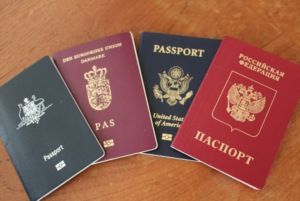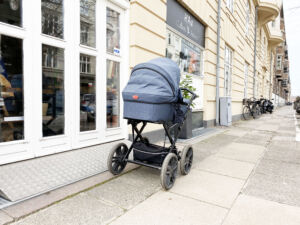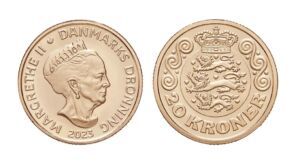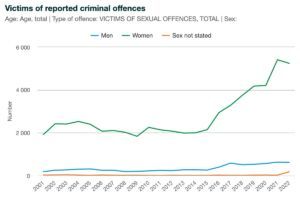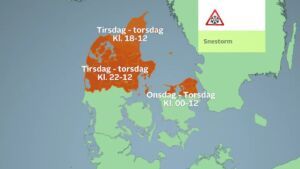News
Government accused of overstating pressure on asylum system
This article is more than 11 years old.
Politicians and interest groups criticise government, citing gross asylum figures
Many asylum-seekers coming to Denmark remain in the country only for a very short period. They move to other European countries or disappear without a trace, Berlingske reports.
According to figures from the Danish immigration service, Udlændingestyrelsen, 10,883 asylum seekers came to Denmark over the period from January to September, but only 5,975 reached the stage of having their cases processed to determine if they had the right to residence.
The remaining 4,908 came nowhere near a residence permit and, of those who did have their case processed, 1,800 were rejected.
Political convenience?
Thomas Gammeltoft-Hansen, a research manager at the human rights organisation Institut for Menneskerettigheder, believes that the gross figure of 20,000 asylum-seekers cited by the government is not the most relevant factor when assessing the pressure put on the asylum system. Instead he proposes that the number of registrations should be the measure.
This has also caused Enhedslisten’s Johanne Schmidt-Nielsen to complain about how the government frames the asylum debate by citing figures of up to 20,000 asylum-seekers coming to Denmark this year.
“It amazes me that the government hasn’t brought this information into the debate itself,” she told Berlingske.
“I can’t help but think that the number 20,000 is more convenient if you want to excuse depriving refugee children of the right to come to safety with their parents. The government has used the 20,000 asylum-seekers as an argument for councils having so-called breathing space. But if the figure 20,000 is used in relation to councils’ integration tasks, then it is simply dishonest.”
The reason so many asylum-seekers are sent to other EU countries is the so-called Dublin Regulation. It stipulates that member states don’t need to begin processing asylum cases if the asylum-seeker has already made a request to another member state. Instead the person can be sent back to that country.
Last year Denmark sent away 2,250 asylum-seekers and received only 800 under the Dublin Regulation rules.








